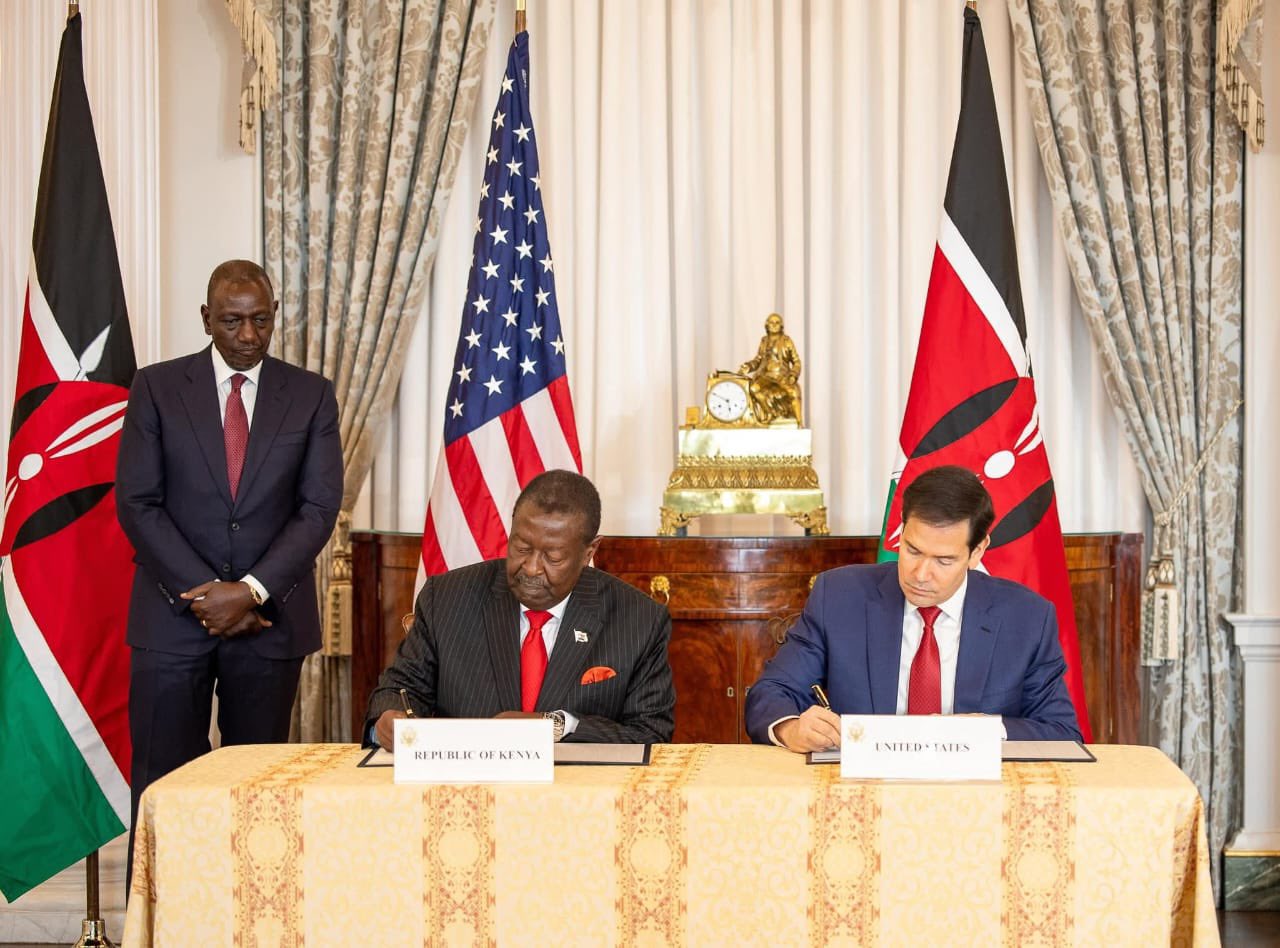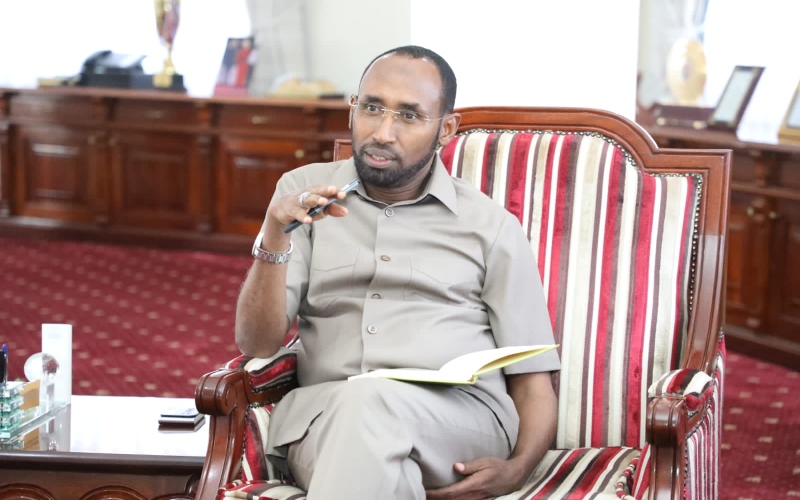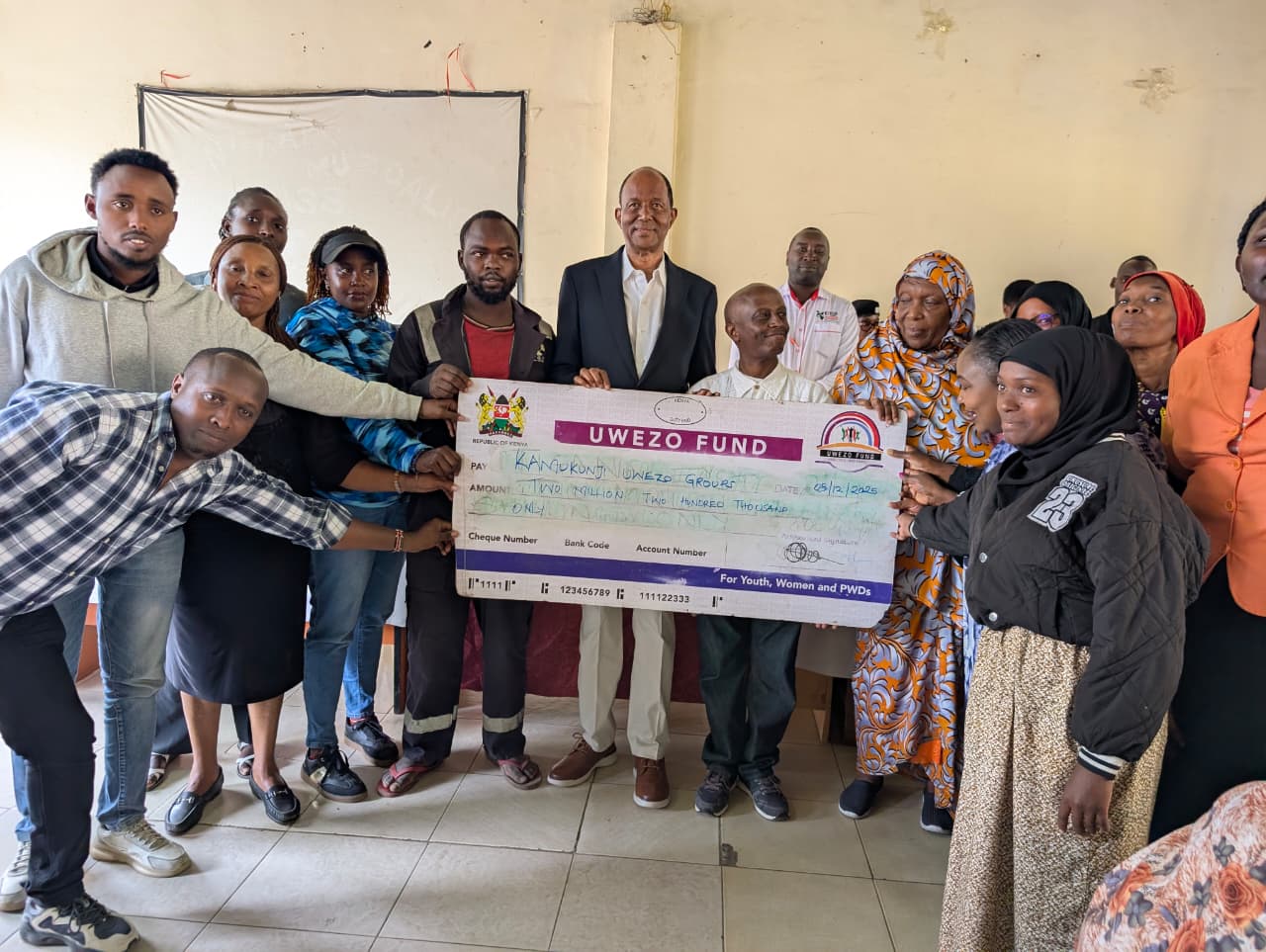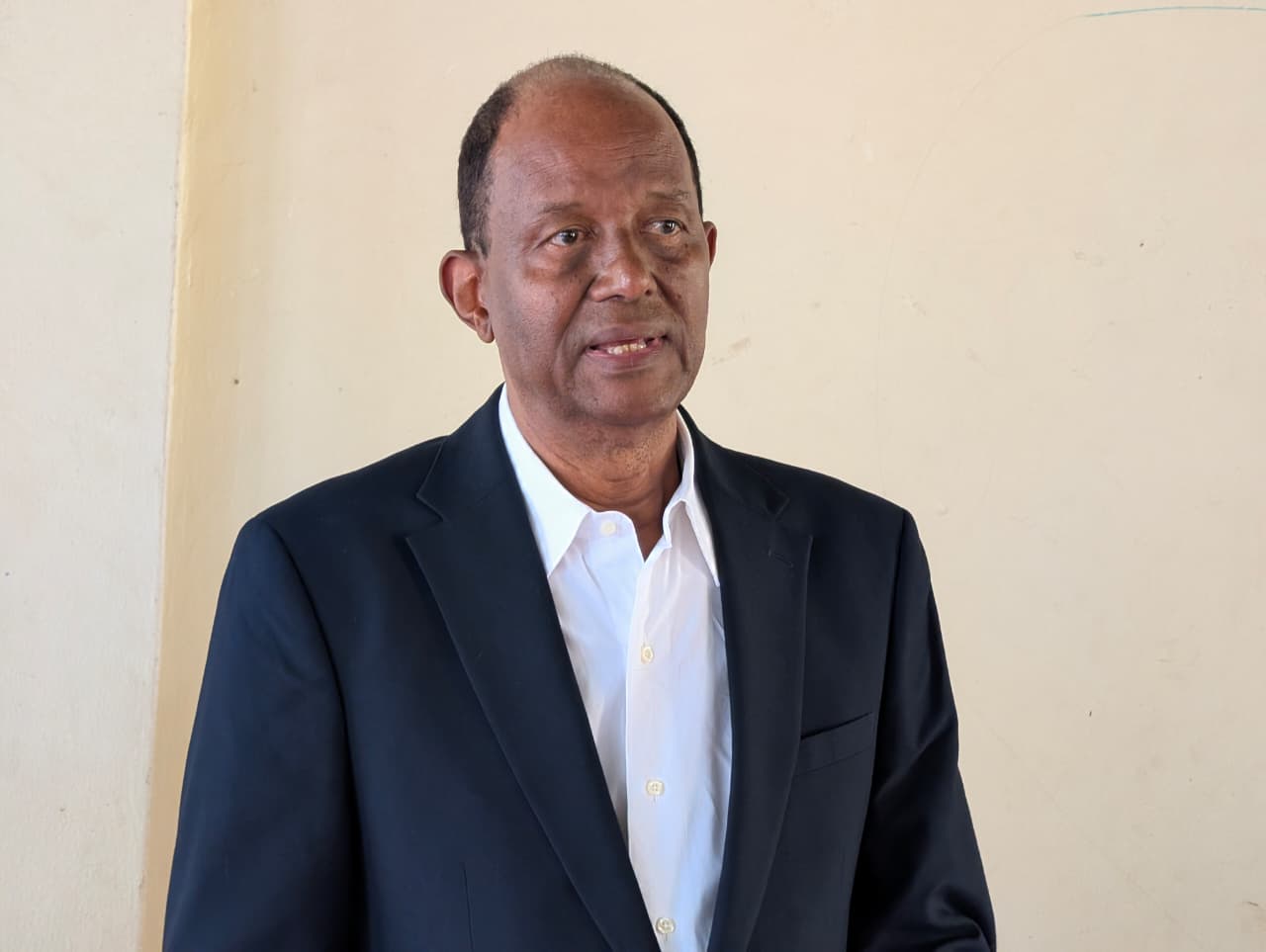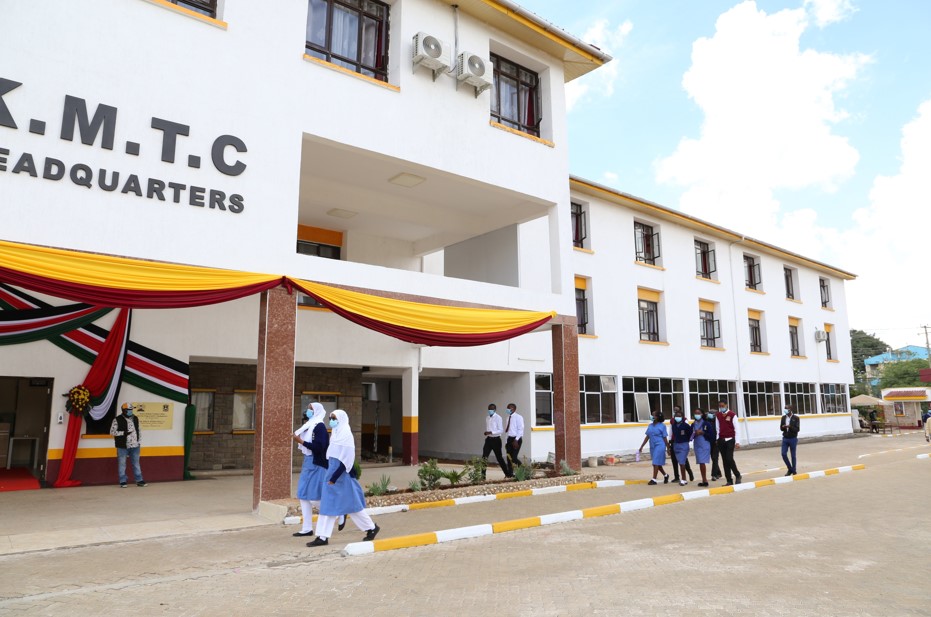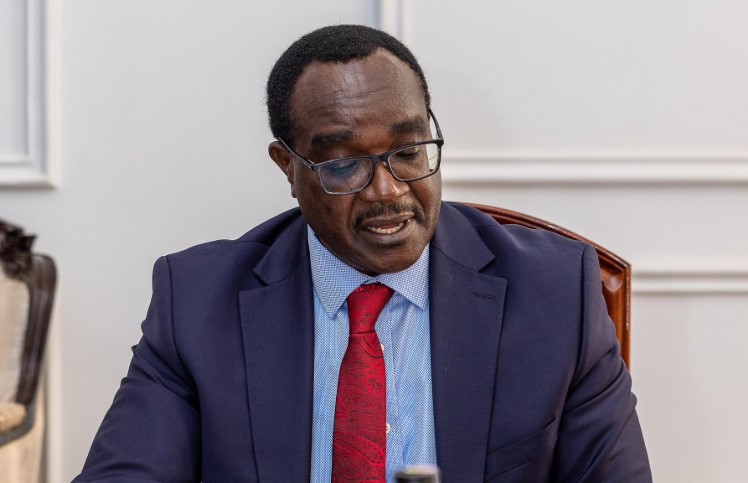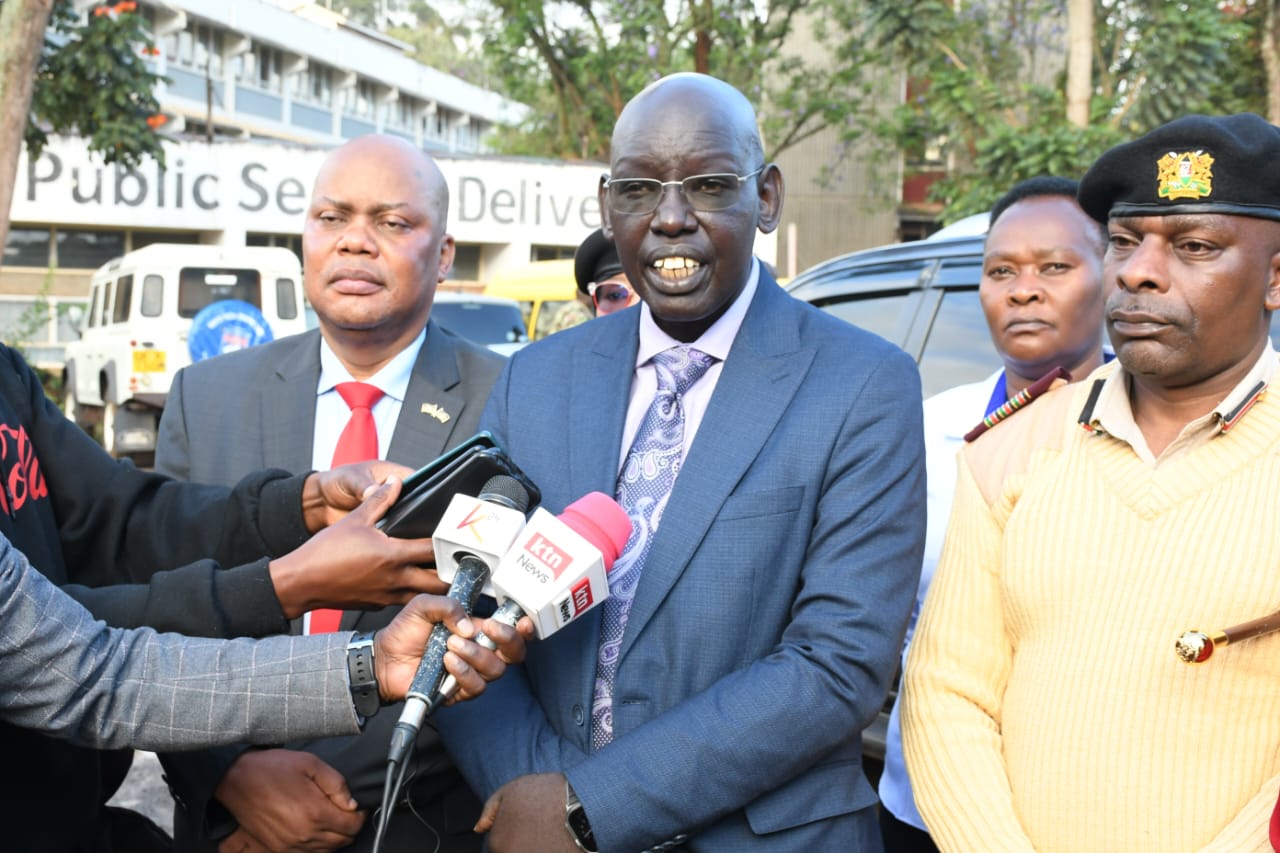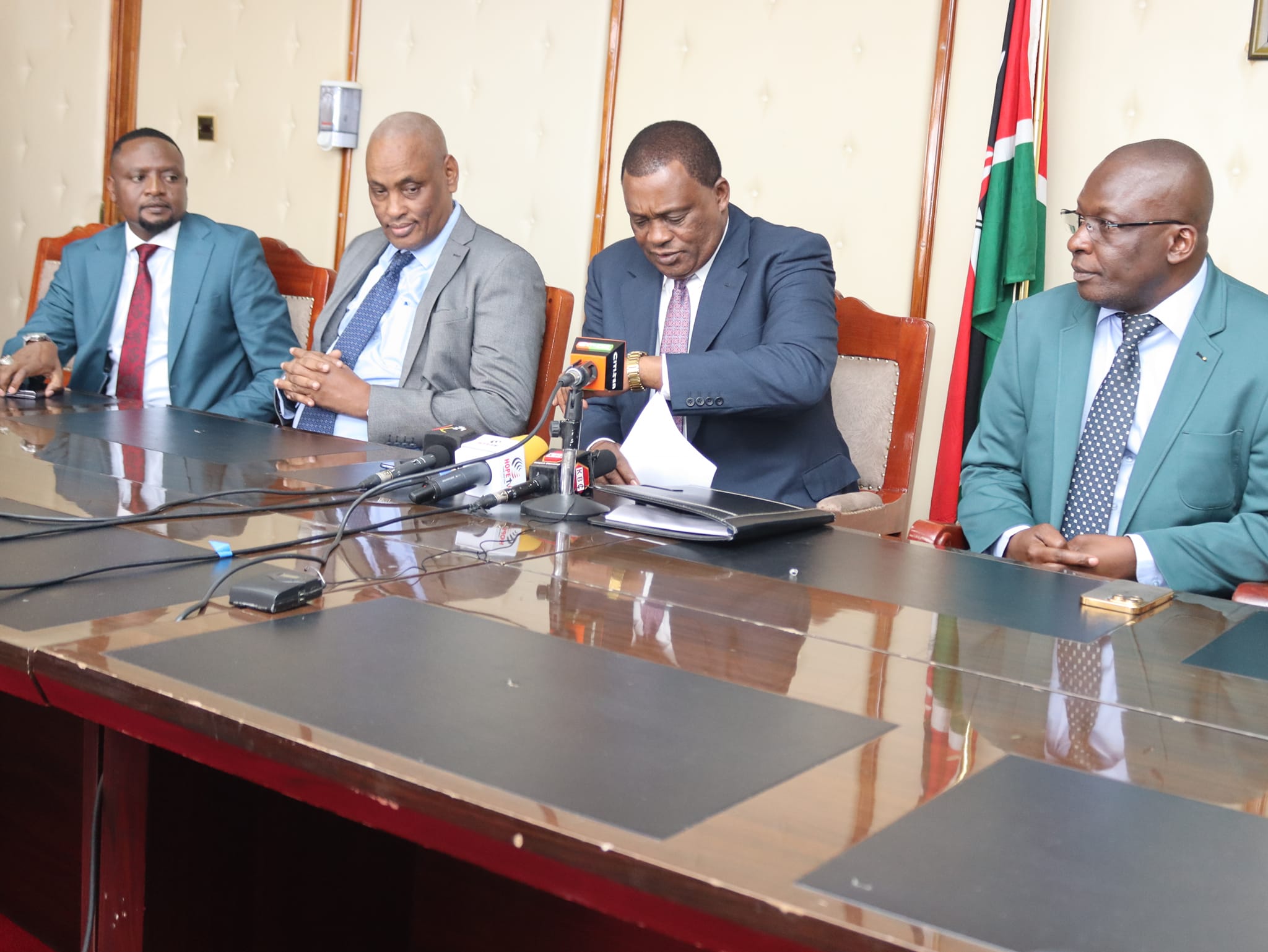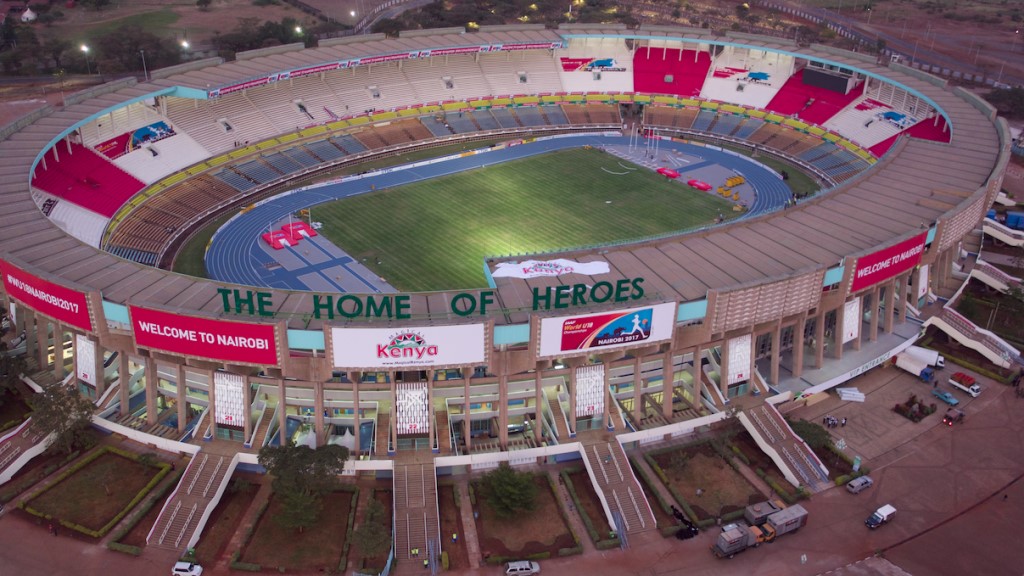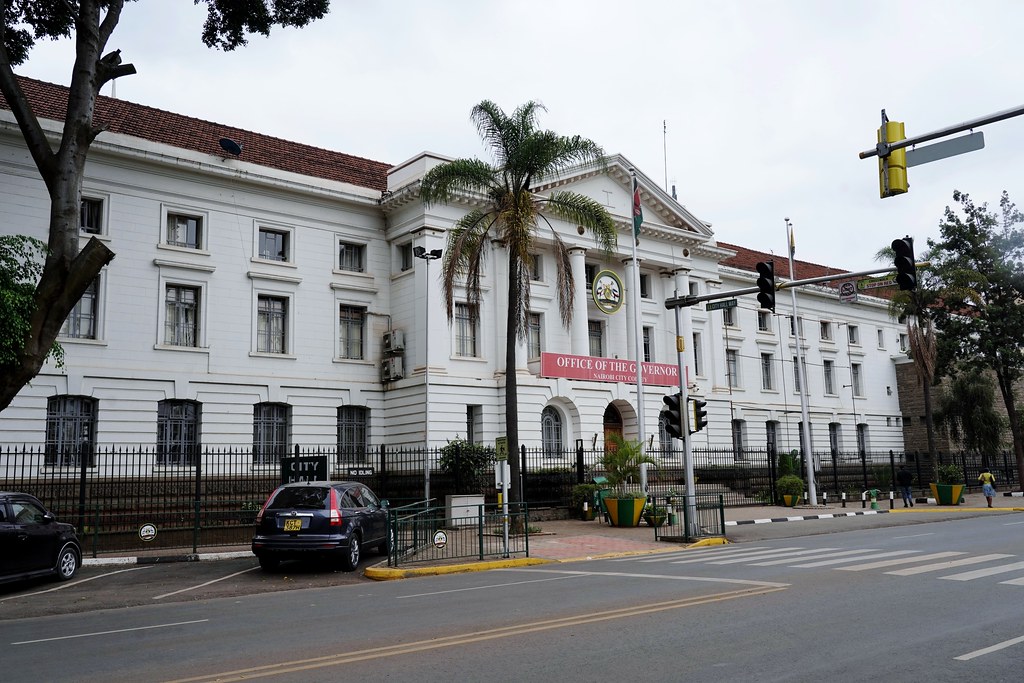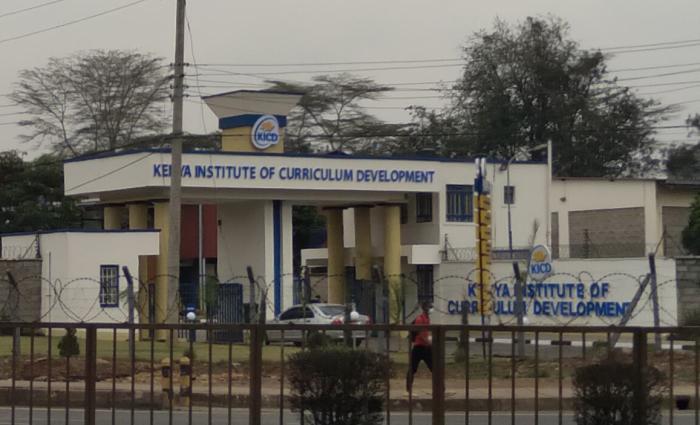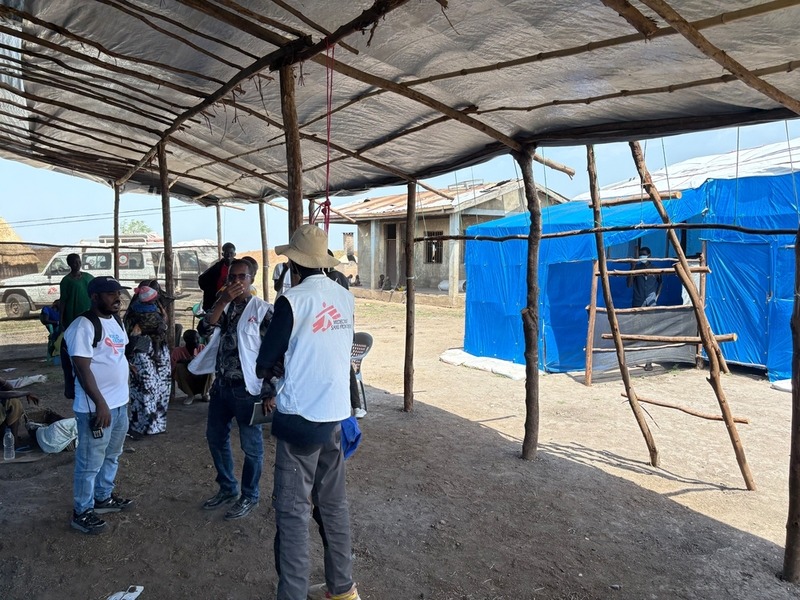Auditor-General flags over Sh800 million spent on incomplete Interior Ministry projects
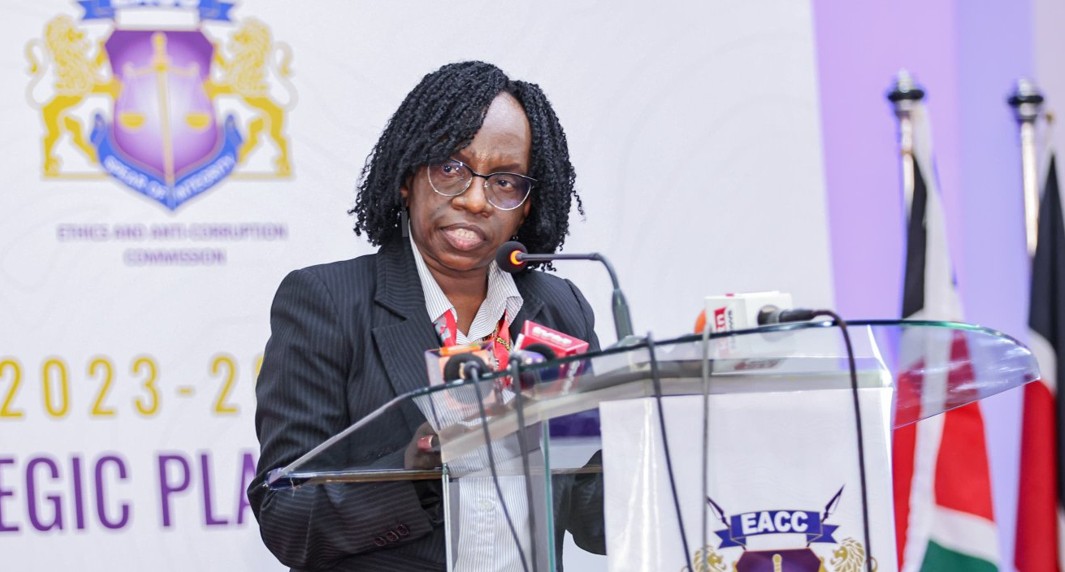
The revelations have sparked concerns over financial accountability and asset management within the ministry, with stakeholders calling for urgent measures to complete the stalled projects and secure proper documentation for state-owned properties.
The Ministry of Interior is under scrutiny for failing to complete eight development projects despite spending Sh833.65 million, raising concerns over mismanagement and lack of value for money.
Auditor-General Nancy Gathungu has flagged the projects, which were allocated a total of Sh1.156 billion, noting that their completion rates range between 41 and 80 per cent.
More To Read
- State agencies, counties owe Kenya Power Sh4.67 billion in unpaid bills - Auditor General
- Over 16,000 in the dark as Kenya Power struggles to procure essential meters, transformers
- MPs push for urgent funding boost for Auditor General’s office
- Audit flags leadership vacuum at Garissa University since 2022
- Auditor General calls for penalties on officers who ignore audit recommendations
- Auditor General Nancy Gathungu warns of pension losses as government delays remittances
In her latest report, Gathungu lamented that the State Department had failed to ensure value for money in the stalled developments.
“Physical verification of works and review of project documents revealed that the State Department had eight stalled development projects at various levels of completion and payment,” reads the report.
Among the stalled projects is the proposed completion of the Migori district headquarters (Phase I), which commenced in July 2009 at a cost of Sh701.5 million and has so far consumed Sh539 million.
Other incomplete projects include the construction of the Tinderet sub-county headquarters (Sh49 million, with Sh30 million spent), the Nandi South sub-county headquarters (Sh48.5 million, with Sh30 million spent), and the Bunyala DCC’s Office (Sh47 million, with Sh30 million already used).
The Auditor-General further raised concerns over the construction of the Tigania East DCC’s office, estimated at Sh75.59 million, with Sh73.1 million already spent and the Igembe North DCC’s Office, which was allocated Sh28.2 million but has so far consumed Sh25.4 million.
Other flagged projects include the Magunga district headquarters (Sh8.5 million budget, Sh3.58 million spent) and a proposed 100-person hostel block for the Kenya School of Adventure and Leadership (KSAL), where Sh102.4 million of the Sh198.1 million budget has already been used.
Land ownership records
The report also highlights issues surrounding the ministry’s land ownership records, revealing that key government buildings, including Harambee House and Nyayo House, cannot be traced in the State Department’s land register.
The Auditor-General noted that the land register provided for audit was incomplete, with critical information missing.
“In addition, the land register provided for audit was incomplete, and most of the required information in the register were blank. Further, parcels of land on which Nyayo House and Harambee House buildings stand could not be traced in the register,” reads the report.
Harambee House houses the Office of the President, the Ministry of Interior and National Administration and other key government offices, while Nyayo House serves as the headquarters for the State Department for Immigration, Border Control, and Regulation of Persons.
The report also revealed that the ministry lacks ownership documents for 4,151 parcels of land across the country.
Although the State Department claims it is in the process of acquiring title deeds, the Auditor-General noted that no evidence was provided to indicate progress. Some parcels of land also lacked proper survey plans, making it difficult to determine and demarcate their boundaries accurately.
“In the circumstances, the existence of an effective control system to safeguard the State Department’s land could not be confirmed,” the report warns.
The revelations have sparked concerns over financial accountability and asset management within the ministry, with stakeholders calling for urgent measures to complete the stalled projects and secure proper documentation for state-owned properties.
Top Stories Today

